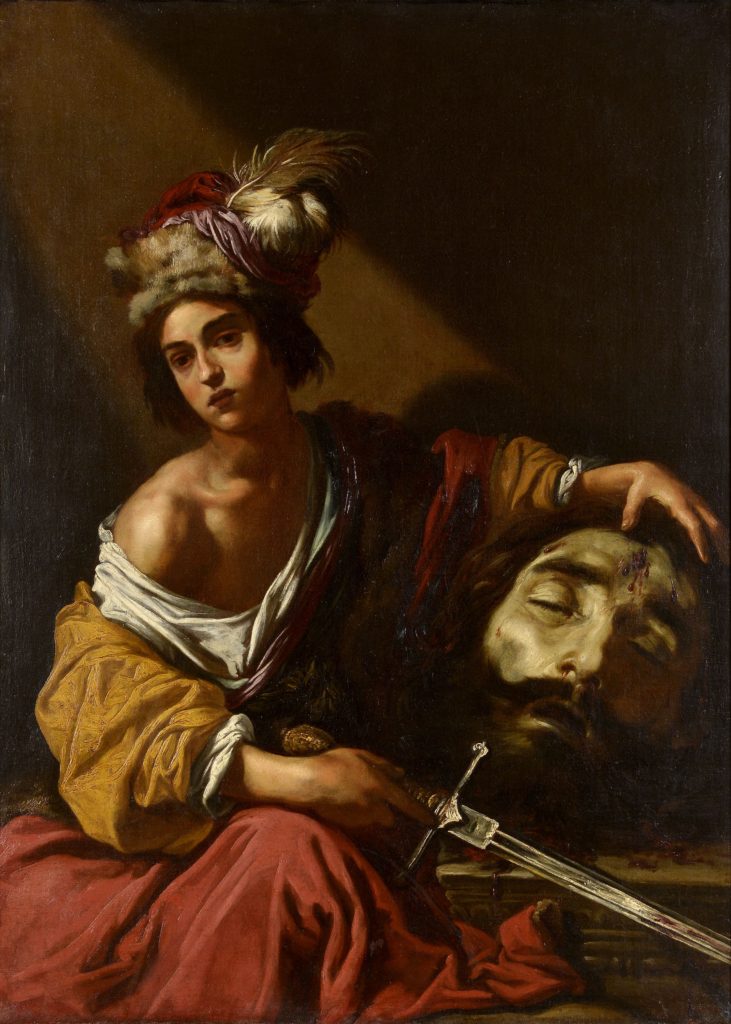The Art Museum and Medical Education
May 6, 2019 by Penny Snyder

By Ray Williams, Director of Education and Academic Affairs, Blanton Museum of Art.
For more than a decade now I have had the opportunity to participate as a museum educator in an emerging national trend of collaboration between medical schools and art museums. Initial experiments at Yale and Columbia focused on honing observation skills, so relevant to medical diagnosis, through close looking at art. My own work, developed in partnership with physician-educators affiliated with Harvard and now at UT’s Dell Medical School, has focused on developing empathic communication skills, promoting resilience and work-life balance, cross-disciplinary teamwork, and cultural competency.
Here is a glimpse into a way of working in museums that I believe has real implications for preventing physician burn-out and better patient care:
The group of young physicians had been looking with great interest at an Etruscan sarcophagus from around the 3rd century, BCE, at the Museum of Fine Arts, Boston. The sculpture shows a reclining married couple in late middle age, softly embracing, covered by a light “sheet”—all carved in stone, together for eternity.
After several minutes of close looking and trying to imagine something of the experience of this couple, with their imperfect bodies and tender gazes, I invited the group of medical interns to reflect on any possible connections to their own clinical work. There was a brief silence, during which I thought my question might have seemed too far afield. “I just thought this might resonate, somehow, with your work in the hospital,” I said.
One young man offered, “Well, yes. Earlier this week, shortly after learning the news that his wife of fifty years is going to die of cancer, a man came rushing out of her room with tears in his eyes. He ran into me in the hall, and he looked up at me, waiting for me to say the right thing. I felt so inadequate—I’m only 26—but I was the physician. I was supposed to know what to say to this man.”
This halting confession caused sympathetic murmurs from surrounding colleagues, nods that said, “we know just how that feels.” The conversation continued for another twenty minutes, with some words of advice and encouragement from the attending physician in charge of Internal Medicine’s “humanistic curriculum.”
The art museum environment seems to offer something unique and important to caregivers and medical professionals—something of a respite from the charged hospital environment, with its relentless demands for courage and decisive action, and its high stakes. Removing them from the competition and hierarchy, the art museum can serve as a place for medical professionals to share thoughts and feelings about their work, to build on one another’s ideas in a search for meaning. They can reflect and recharge in this environment, surrounded by beauty and inspired by expressions of human experience from many times and places.
Works of art offer interpretive challenges that resonate with the familiar challenges of diagnosis. When a group finds difficulty in reaching consensus on a work’s meaning, participants have an opportunity to practice confronting the ambiguity that is inherent to complex medical problems—to learn about their own reflexive tendencies, listen, and consider other strategies.

Paintings like Claude Vignon’s pensive David with the Head of Goliath or provocative sculptures like Border Crossing by Luis Jiménez stimulate important conversations for medical professionals. They nourish empathic responses—which we all hope for from our health care providers—and the Jiménez raises important questions about who is able to gain access to quality medical care.
Through displacement, professional and personal reflections can be shared in conversations that are partly about the works of art, and partly about the participants’ own experiences. By allowing individuals to move in and out of the realm of the intimate, the museum becomes a safe place for a level of introspection and sharing that the hospital actively blocks.
The Blanton is a place for non-linear learning, for exploring values and choices, for making metaphors, and creating connections. It’s also a great place for inter-professional conversations—we often teach students and professionals from the fields of nursing, social work, pharmacy and medicine. We have a team of museum educators ready to collaborate on designing experiences with our rich collections that will help develop the kind of health care professionals we need in our community and State.

